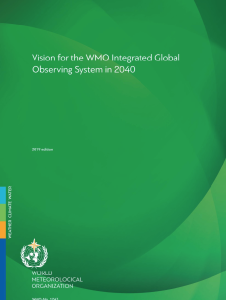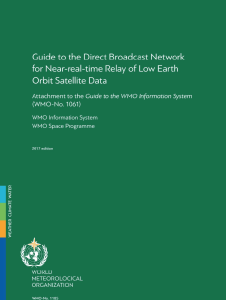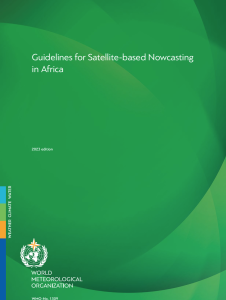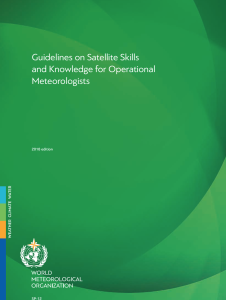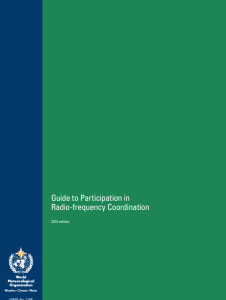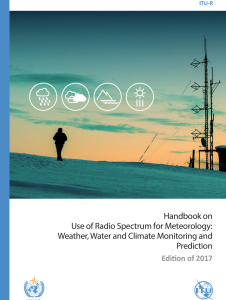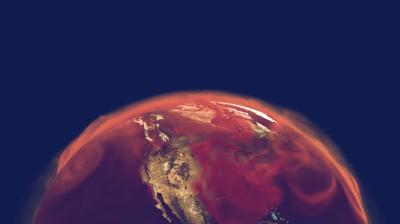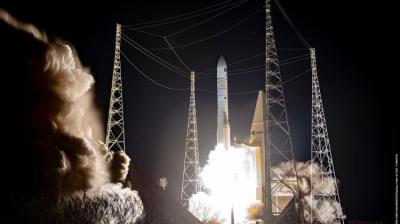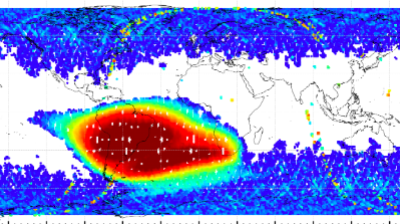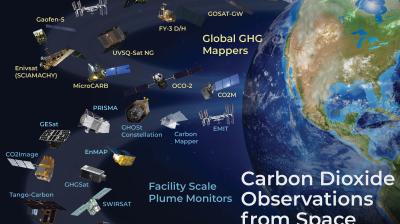
Earth observation satellites
Earth observation satellite data are the most crucial input for weather forecasting based on numerical weather prediction (NWP) and climate monitoring.
Overview
The challenges that the WMO seeks to tackle include facilitating the development of the integrated space-based observing system component of the WMO Integrated Global Observing System (WIGOS), involving operational and research and development (R&D) environmental satellites, data sharing and access, promoting utilization of satellite data and products, building capacity for weather, climate, water and related application areas, especially in support of WMO Members that have limited resources , and keeping up with rapidly evolving technology.
Satellite data and products have a wide range of applications serving hydrometeorology and environmental monitoring, such as nowcasting, numerical weather prediction (NWP), climate research and prediction, global temperature measurements, atmospheric humidity and temperature measurements, ocean dynamics research, volcanic eruption monitoring, forest fire detection, global vegetation analysis, etc. The satellite data is crucial in disaster risk reduction and determining long-term changes in global climate conditions.
However, various challenges are involved, including facilitating data sharing and access, maintaining data quality and accuracy, building capacity in developing nations, and keeping up with constantly evolving technology. WMO strives to overcome these challenges to improve weather, water, climate and environmental services by enabling Members to utilize satellite data for the greater good of society.
Impact
Accurate weather forecast and climate prediction are crucial for decision making and support for appropriate action to mitigate the impacts of natural hazards and climate change. Failure to accurately predict weather patterns and extreme weather events can lead to severe consequences, such as loss of life, damage to infrastructure, and economic losses.
Additionally, climate change poses significant threats to food security, water resources, and public health. Therefore, addressing the challenges with the help of satellite data is critical for improving our ability to understand and respond to the impacts of climate change and mitigate its effects.
WMO's response
WMO plays a crucial role in coordinating the development of the integrated space-based observing system component of the WMO Integrated Global Observing System (WIGOS), involving operational and research and development (R&D) environmental satellites, and promoting the use of satellite data for weather forecasting, climate monitoring, and related fields.
The WMO performs a wide range of activities including coordinating the use of satellite data for weather and climate applications, facilitating data exchange, providing quality control guidance, promoting research and development, and coordinating training and technical assistance for effective use of satellite data.
Through its Expert Team on Radio Frequency Coordination (ET-RFC), WMO coordinates allocation of radio-frequency bands and their assignments to meteorological services, ensures their proper notification, and determines the future use of the radio spectrum for meteorological observations.
Overall, the WMO plays a critical role in harnessing the power of satellites for weather and climate applications, helping to improve our understanding of the Earth's atmosphere and our ability to predict and respond to weather and climate-related events.
Related activities
Related publications
